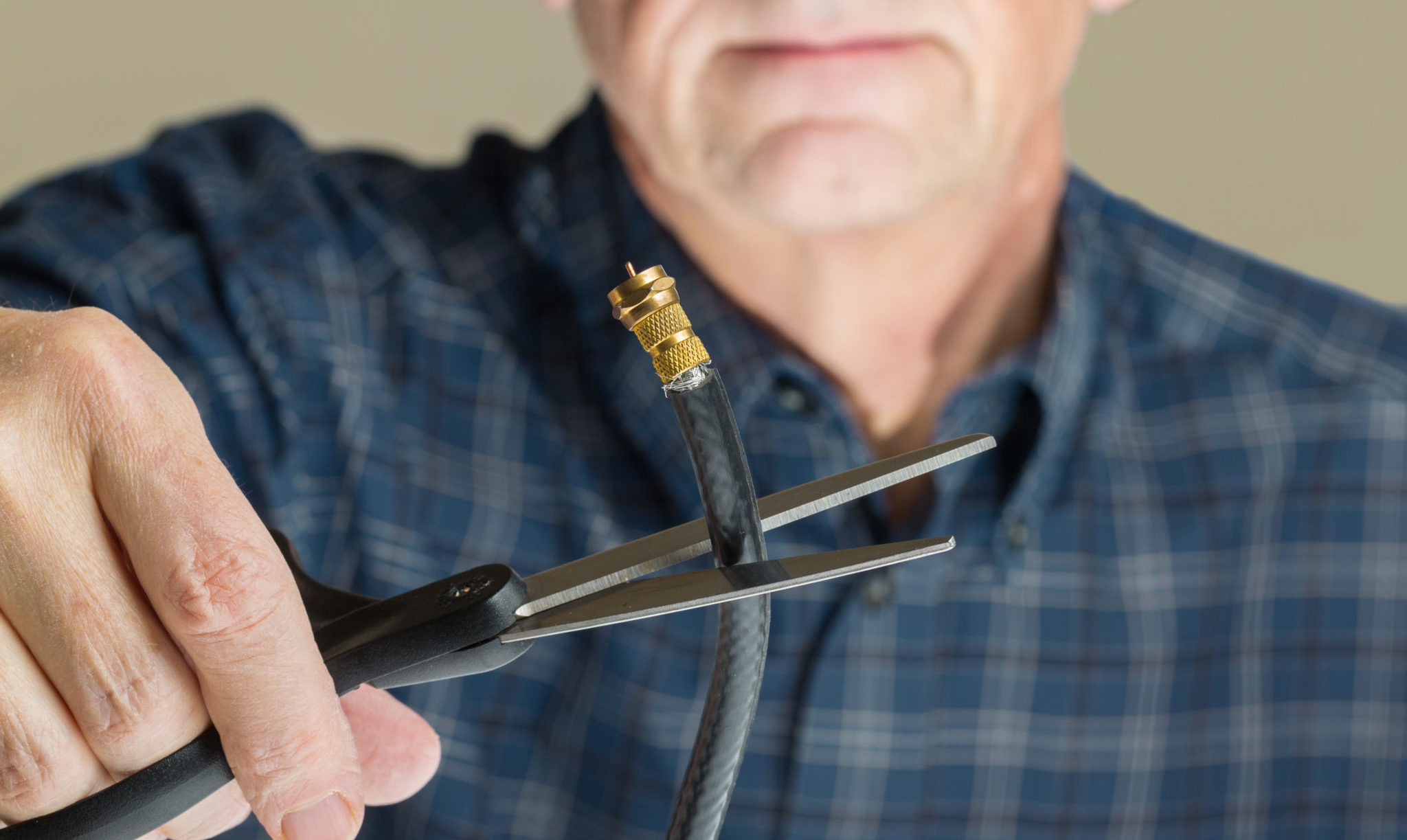Wow, I just looked at the start of this thread and we still seem to be in the same place. Everyone has now effectively "picked" their TV poison, whether that means streaming and/or offair only, or a broadband "linear" service, or essentially doing nothing and remaining on cable/sat, but this is far from static. It would seem to me that those opting for streaming or services such as YTTV are savvy & choosy enough to jump around easily, whilst remaining cable/sat viewers are, more & more, less tech agile. But certainly not immobile, as the "drip, drip, drip" of life continuously peels them away as they encounter events that compel rethinking such as moving and pricing hikes, or simply age out of their homes altogether. It's the one category where there are virtually no new contestants below the age of 50. And as cable/sat #s continue to decline, so will the appeal of the service, and arguably of linear TV writ large. The norm of the near future is going to be broadband delivery, in whatever forms it assumes. In a longer term we will likely be looking at dropping of cable TV by cablers, decommissioning of satellite and even of broadcast.
I remember my dad asking me, back when I was doing C-band, "hasn't everybody already gotten (satellite) who want it?"




